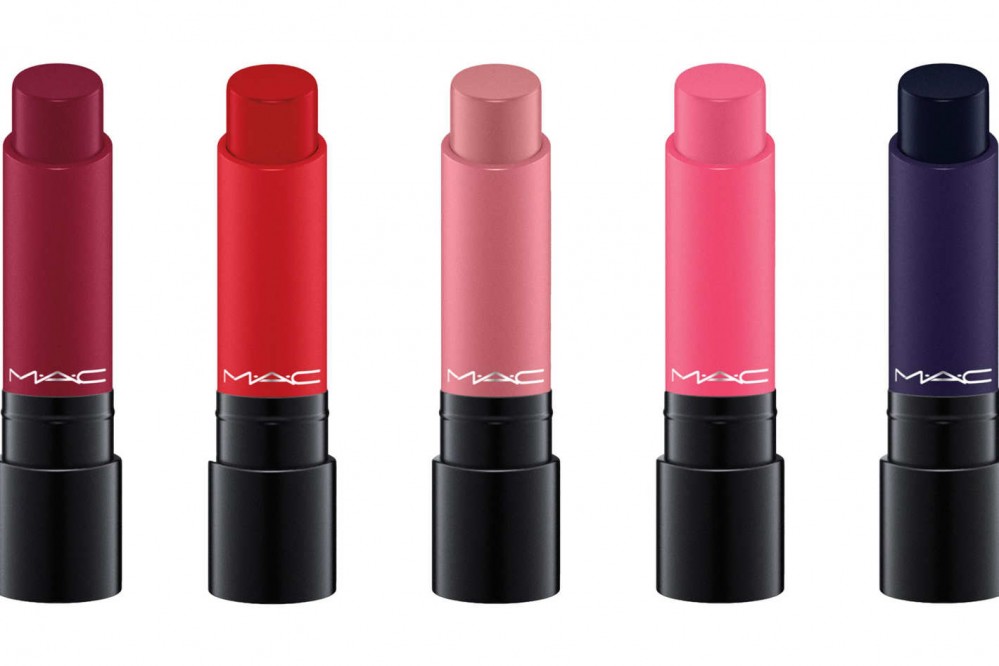
Winter has its perks. After all, it’s the holiday season, and warm drinks and cozy nights indoors are the norm. One of the biggest downsides, though, is the drying effect winter weather has on your skin. However, a skin care method called “slugging” can help you with that.
As it gets colder outside, the humidity in the air will start to wane, and our skin doesn’t have as much moisture to draw from the air. Throw in the extra drying effect of indoor heating, and you’ve got a recipe for flaky, dull skin.
So, what’s the solution? Evidently, it’s a skin care method called “slugging.” We spoke with dermatologists to find out everything you need to know about slugging, and how it might save you from dry winter skin.
What Is Slugging, and How Can It Help Your Skin?

For those who’ve never heard of slugging, we turned to Dr. Marisa K. Garshick, a dermatologist at MDCS Dermatology, for the definition of this wonder treatment.
“Applying an occlusive ointment, such as Vaseline, to the skin can be helpful as it sits on top of the skin to provide a barrier and lock in moisture to help heal and improve dry skin,” said Garshick.
Dr. Mariana Vergara, a cosmetic dermatologist, said slugging is particularly helpful for those who suffer lipid loss.
“Lipids keep your outermost layer of the skin intact,” said Vergara. “The less lipids on the skin, the more transepidermal water is lost.”
When this happens, your skin is unable to hold on to water, which can cause everything from dryness and irritation to flaking. When you apply an occlusive product—like Vaseline—you essentially re-create a lipid layer.
However, Vergara said it’s important not to “slug” too much. Some transepidermal water loss is a positive signal to your skin to produce more lipids, which will ultimately renew your skin barrier.
How Do You Slug?
If you have dry skin, how do you try this method? Garshick advised cleansing your skin first because you don’t want to trap any dirt, makeup, or excess oil beneath the layer you’re going to create. After that, complete your nightly skin care routine as normal—slugging should be your last step.
To “slug” you just apply a thin layer of Vaseline to your entire face. This seals in all the active and hydrating ingredients you just used. Sleep in the slug layer and, in the morning, use a gentle cleanser (Garshick recommended CeraVe Hydrating Cream-to-Foam Cleanser) to remove any residue.
Garshick also noted that you don’t actually have to slug your entire face every night, but rather, you can focus on problem areas.
“It can often be helpful to use Vaseline ointment around your eyes, lips or any focal dry patches on your skin, as this can help to both protect and heal the skin in specific areas,” said Garshick. “So, even though the concept of slugging refers to a face full of Vaseline, if you are hesitant, you can always apply it to a more localized area to get the benefits where you need it.”
As for how often you should slug, Garshick advised a few times per week, but you can increase the frequency based on your skin type and needs.
Who Should or Shouldn’t Try Slugging?

If it’s still unclear, those who struggle with dry skin are prime candidates for slugging. However, they aren’t the only folks who could benefit from the process.
Garshick and Vergara both said that those who suffer from eczema—a skin condition that can cause dryness, itchiness, and inflammation—could also benefit from slugging. In addition, Vergara said those with rosacea or sensitive skin are also good candidates for it, as the occlusive layer is a form of protection for the skin.
For those who also incorporate strong active ingredients, like retinol, in their skin care routine, slugging can help minimize any potential irritation from those.
But is there anyone who shouldn’t try slugging? Well, the most obvious reason to avoid it would be if you don’t like the way thicker products feel on your face, but there are others who might want to avoid it, too.
“Although Vaseline is non-comedogenic,” Garshick said, “those who are acne-prone, or those who sweat a lot may want to avoid nightly application of a thicker ointment to the entire face, as it can be too occlusive and contribute to breakouts if excess sweat or oils get trapped.”
If you get frustrated dealing with dry, irritated skin, slugging might be the perfect method for avoiding it this winter. Sure, you’ll head to bed looking like, well, a slug, but a soft, healthy, moisturized complexion will be worth it.






